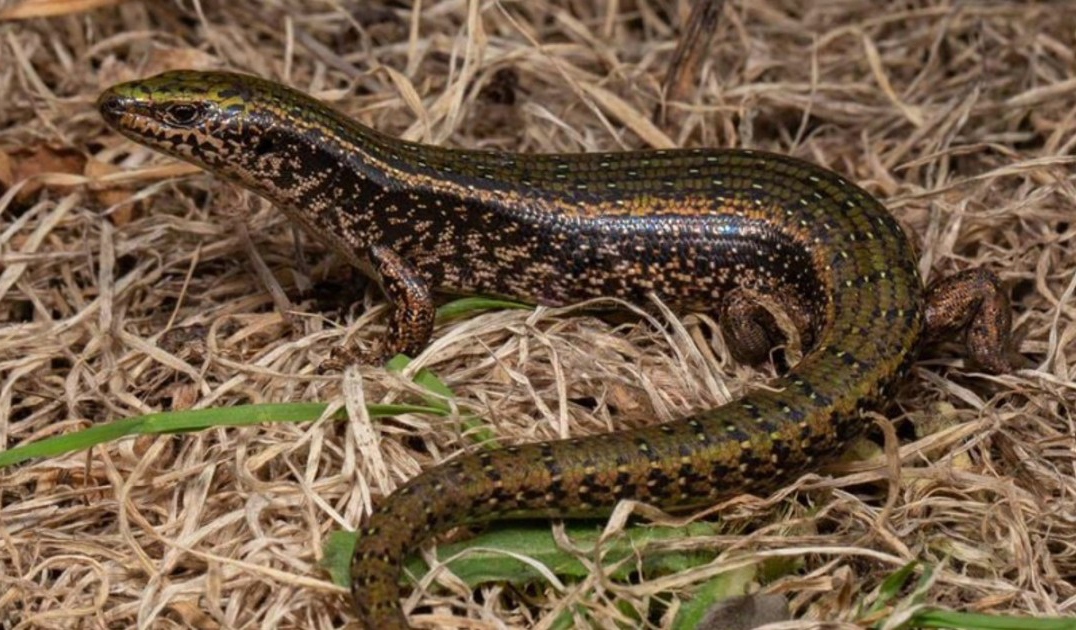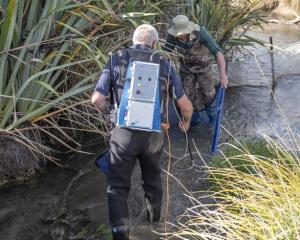
It was already one of New Zealand's rarest skinks, but now the Department of Conservation has confirmed there are fewer than 1000 mature Canterbury spotted skink left.
DoC has reclassified them as Nationally Critical - the last step before extinction.
The reclassification comes after DoC discovered populations of skink in the Ō Tū Wharekai Ashburton Lakes basin and surrounding ranges were not actually the same species.
"We thought there were secure populations of Canterbury spotted skinks in the Ō Tū Wharekai Ashburton Lakes basin and surrounding ranges, but recent DNA sequencing has proven these populations were misidentified and are in fact another type of related lizard," said DoC technical advisor Lynn Adams.
"This discovery means the Canterbury spotted skinks' overall population is considerably smaller than our previous estimates.
"To make things worse, research on our monitored populations predict a 70 per cent decline over the next 30 years in Christchurch, Banks Peninsula and Kaitorete Spit," Adams said.
She said many of those populations are already functionally extinct.
"An exception to this worrying trend is the small but thriving population contained within a small predator-proof fence on Banks Peninsula, although the fence is subject to damage caused by earth movement."
The main predators of the Canterbury spotted skink are mice, hedgehogs, weasels, rats, stoats, and cats.
DoC said predator-proof fences are considered the best medium-term way to protect the remaining skink populations while long-term solutions are found.













